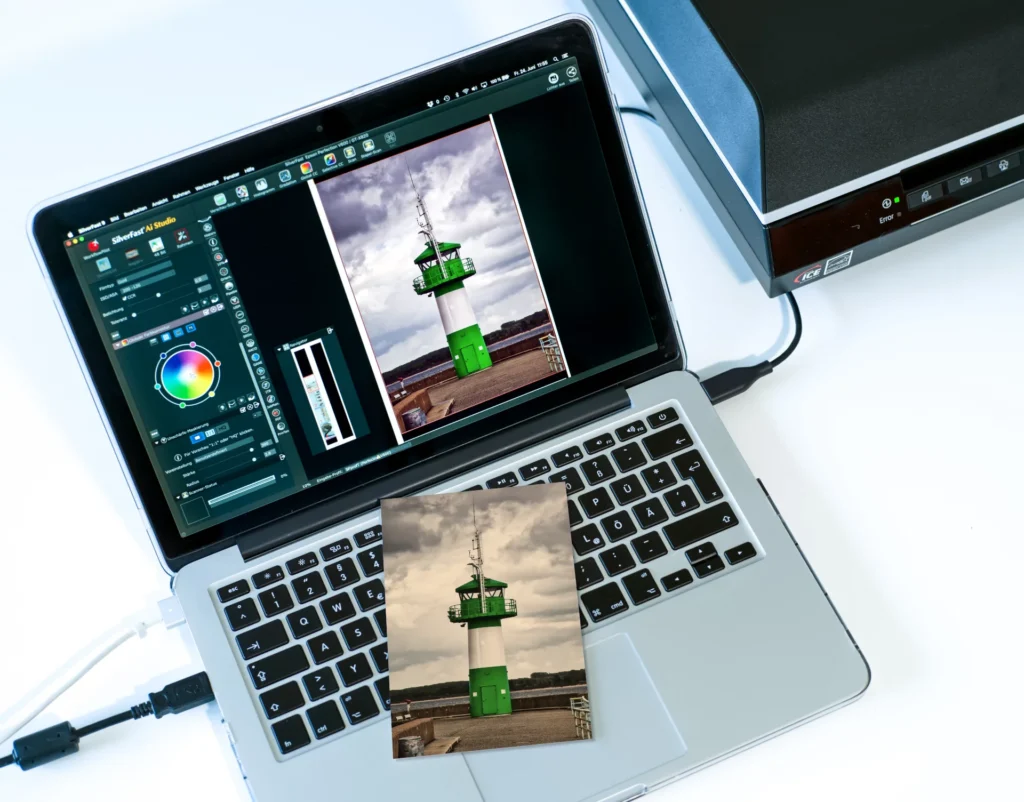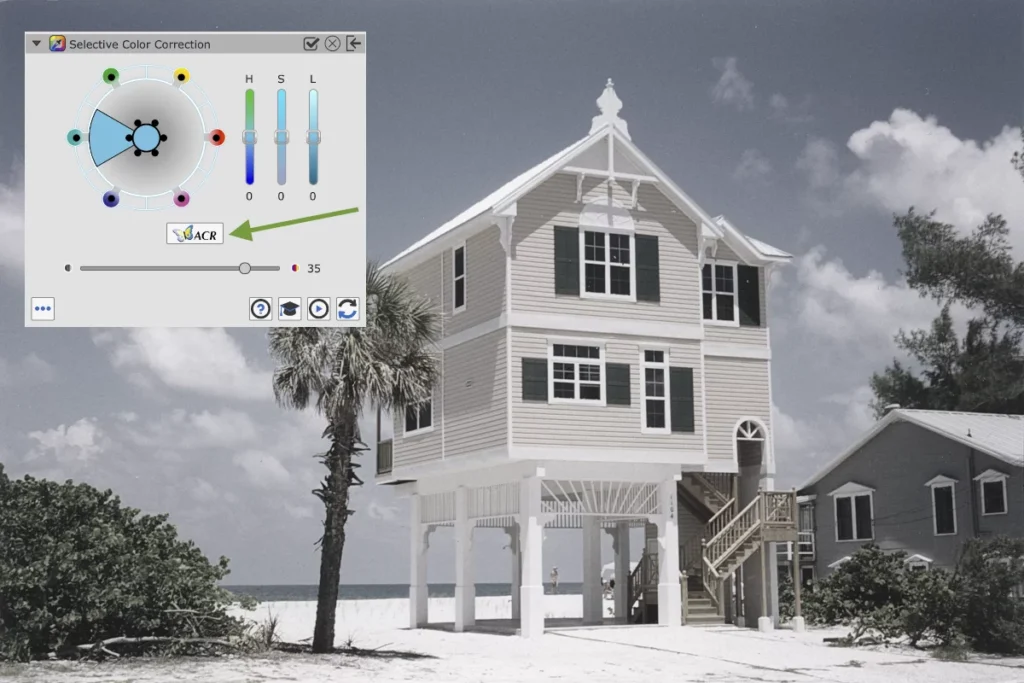Après avoir utilisé le logiciel pendant 4 – 5 mois, j’ai appris à aimer SilverFast et l’ensemble du flux de travail. […] La raison pour laquelle j’aime SilverFast : le flux de travail est super, super rapide.
Numérisation de photographies
Les tirages photographiques, les polaroids et autres images instantanées sont largement utilisés. Presque tout le monde les a collés dans un album photo, épinglés sur le tableau d’affichage ou accrochés comme collage de photos. Contrairement à la photographie analogique, qui est actuellement extrêmement populaire, mais qui n’a plus le statut d’alors, les tirages photographiques ne sont jamais vraiment démodés.
Les machines d’impression photo instantanée dans les magazins supermarchés sont un signe clair qu’une impression photographique (ou tirage photo) a encore sa place dans le monde principalement numérique. Les photos sont là pour montrer et cela fonctionne mieux avec un tirage.
Essayez SilverFast gratuitement !
Téléchargez notre version démo pour découvrir SilverFast sans engagement. Déjà convaincu ? Visitez notre boutique en ligne pour acheter SilverFast et débloquer la version complète.




